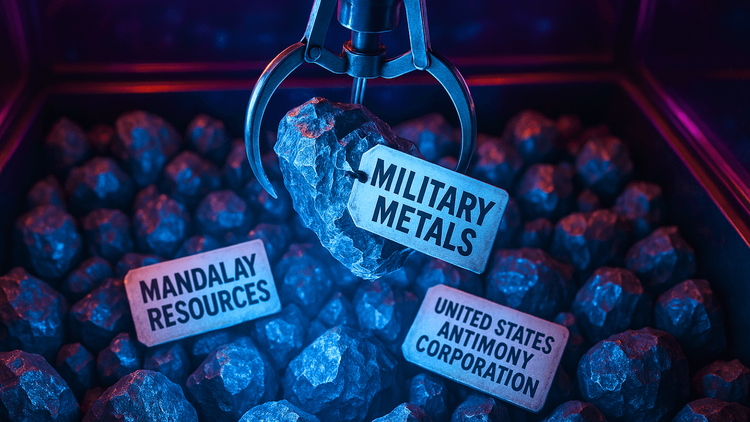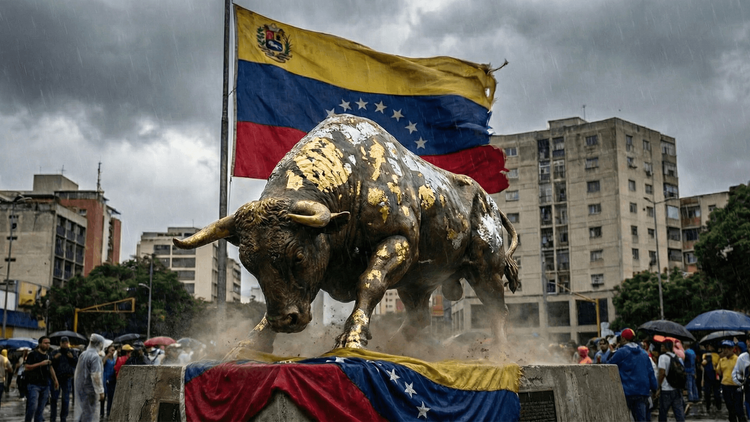Gerard Barron and The Metals Company’s 2027 Vision: Ocean Nodules as America’s Answer to China
From dairy farm to deep sea: how Gerard Barron and The Metals Company aim to reshape global resource supply chains.

Gerard Barron did not begin life in the boardrooms of London or the laboratories of California. He was raised on a dairy farm in Queensland, Australia, and built a career that cut across industries—from media to batteries to mining. Today, as Chairman and CEO of The Metals Company (NASDAQ: TMC), Barron finds himself at the frontier of one of the most ambitious industrial experiments of the century: harvesting polymetallic nodules from the deep ocean floor. Appearing recently on The Shawn Ryan Show, Barron described his mission in terms both pragmatic and visionary. “If it ain’t growing, it’s mined,” he told the audience, framing his case for why the ocean, which covers seventy percent of Earth, must become part of the global resource equation.
For Barron, the story is not just about mining—it is about geopolitics, environmental responsibility, and industrial rebirth. He openly acknowledges the controversies that have dogged the sector, particularly the collapse of Nautilus Minerals, an early deep sea mining company he backed financially two decades ago. “Getting a new industry started is tough,” he reflected. But where Nautilus faltered, The Metals Company believes it has found scale, timing, and political alignment on its side.
The resource in question is staggering. The Clarion Clipperton Zone in the Pacific Ocean holds billions of tons of polymetallic nodules—rock-like formations rich in nickel, cobalt, copper, and manganese. Barron frequently holds one up during interviews, including on Shawn Ryan’s podcast, calling it “a very precious polymetallic nodule… about five million years old.” Unlike conventional mines, which process vast amounts of earth for a fraction of usable material, these nodules are almost entirely saleable. “We turn 100 percent of this into material,” he explained, contrasting it with land-based copper mining, where only six kilograms of metal emerge from every metric ton of rock.







